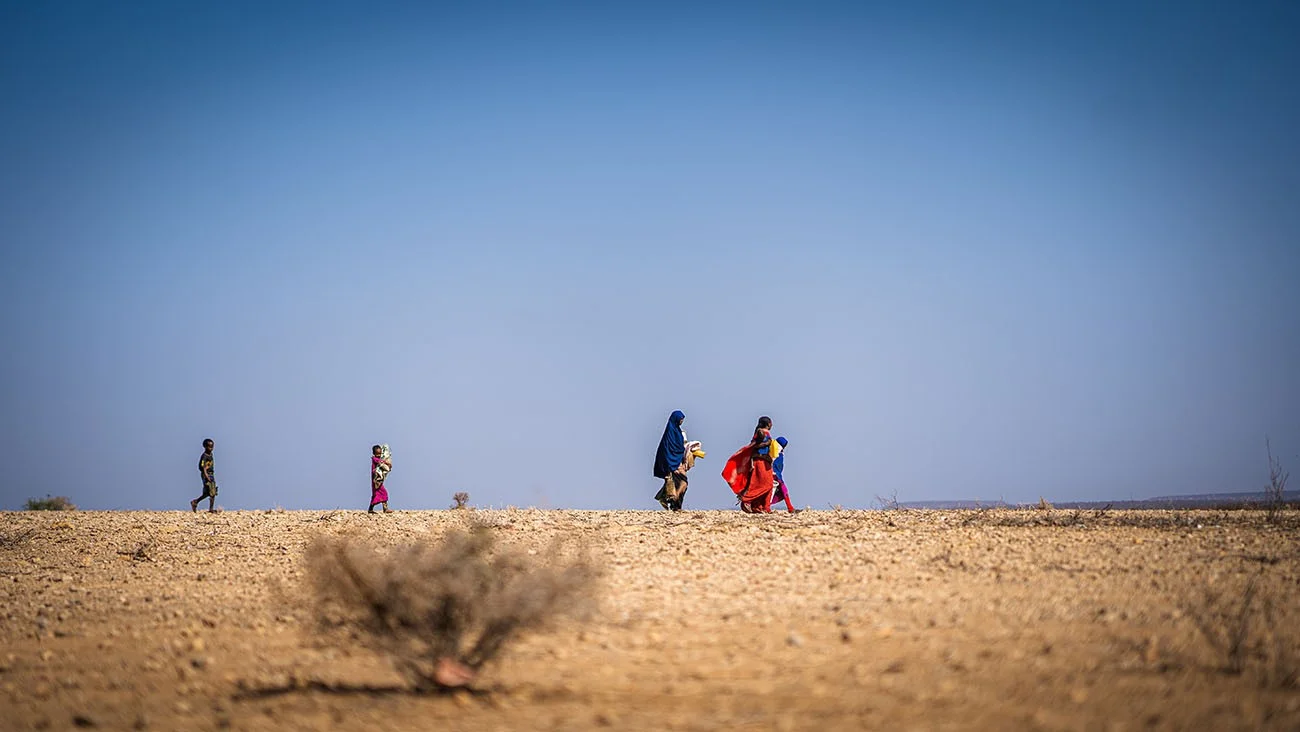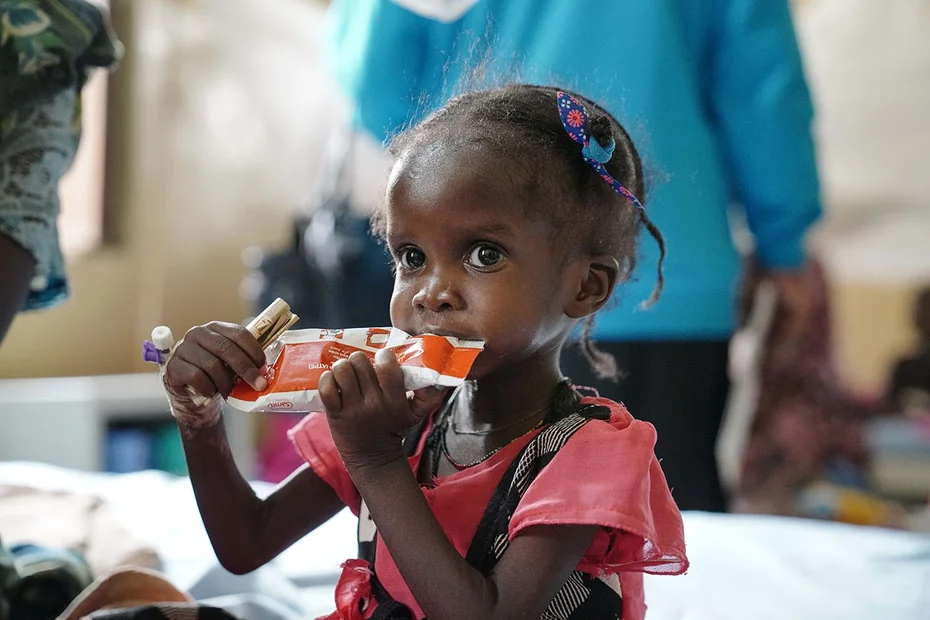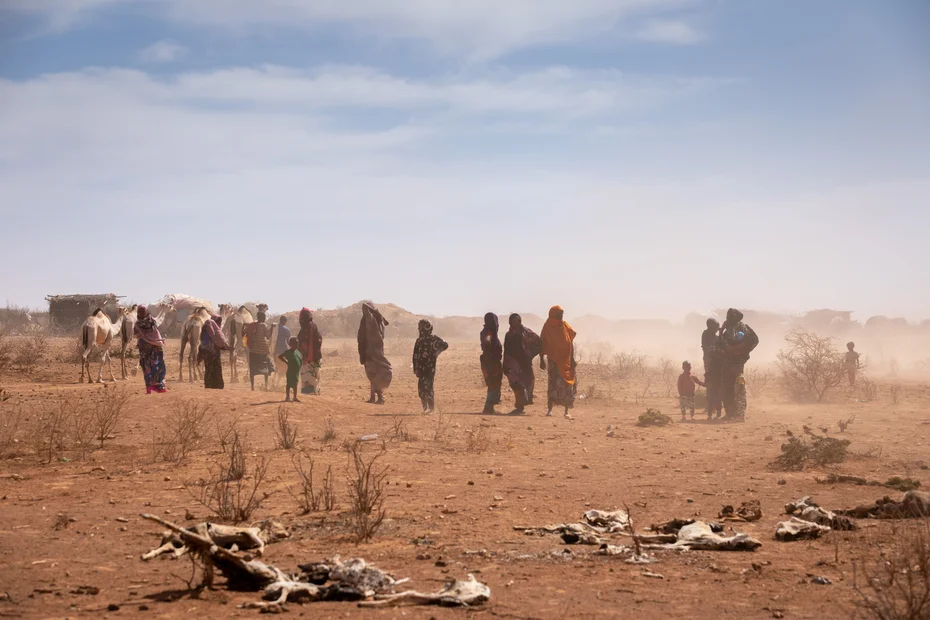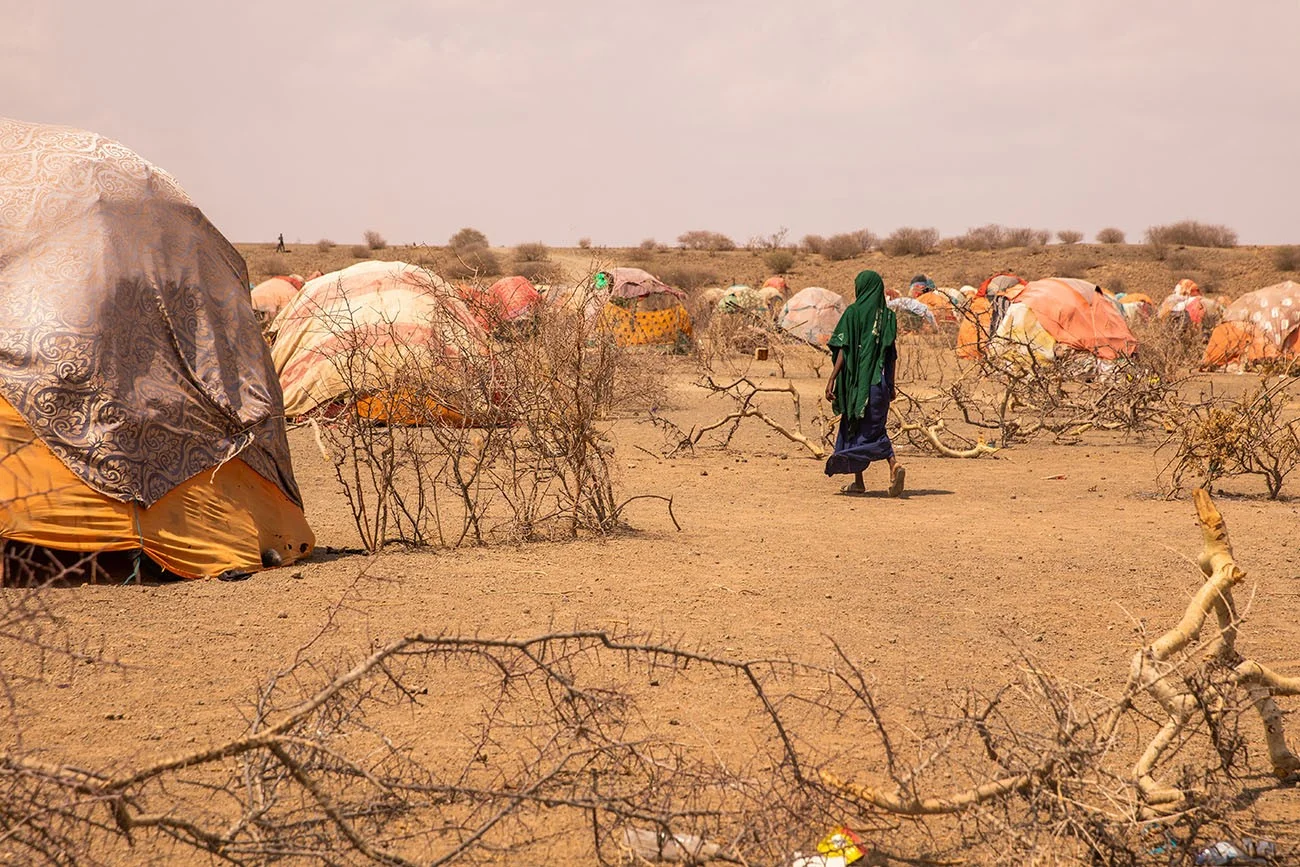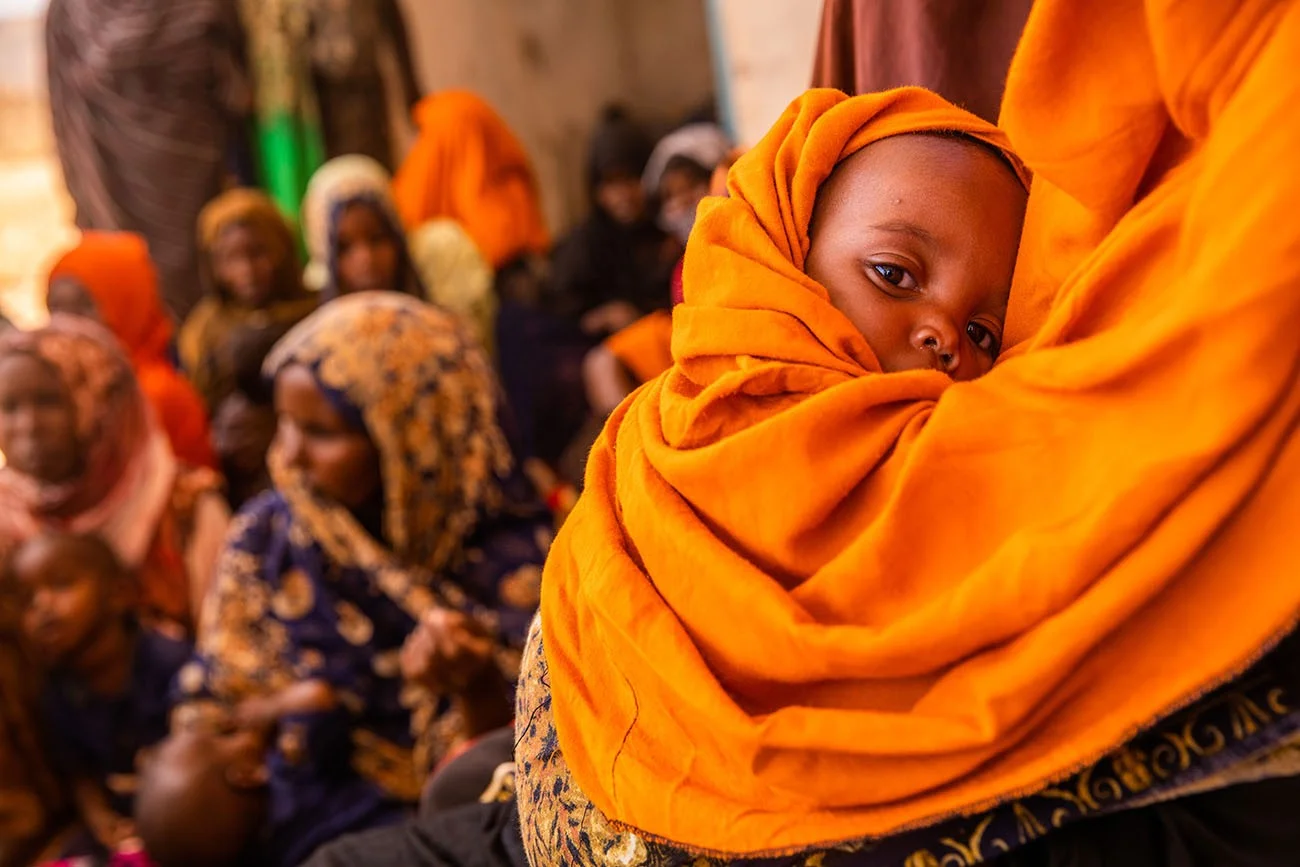When we think of famine, we automatically think of a lack of food. But where food is scarce, there is frequently also a lack of clean water and sanitation. Malnutrition is often caused by contaminated water. Find out why in this blog post.
1. Disease and malnutrition
2.3 billion people around the world still have no access to clean drinking water. No matter how much food a malnourished child eats, he or she will not get better if the water they are drinking is not safe. Contaminated water can cause diarrhea, preventing children from getting the nutrients they need to survive. Malnutrition among children can therefore be caused not only by an inadequate supply of food, but also by an unsafe water supply and poor sanitation facilities. Inadequate access to minimum water, hygiene and sanitation is estimated to account for around half of global malnutrition.
2. Climate change
Climate change and extreme weather events such as droughts and floods kill crops and livestock and destroy countless existences. They can also deplete or contaminate water supplies. These weather phenomena threaten both the quality and the quantity of the water that entire communities rely on. Worldwide, over 1.42 billion people, including 450 million children, live in areas of high or extreme water scarcity. East Africa is currently experiencing its worst drought in 40 years. Instead of two rainy seasons a year, the population in some regions is currently experiencing the fifth consecutive dry season. Without the rain, the inhabitants of these increasingly hostile areas are forced to leave their villages and their homes. In East Africa alone, hundreds of thousands of people have already been driven from their homes.
3. Displacement
When drought or fighting force people from their homes, children and families are exposed to multiple risks. They are more vulnerable to exploitation and abuse, but displacement also results in greater health threats. On the move, children often have no choice but to drink unsafe water. Makeshift camps without toilets become hotspots for the spread of disease. Children who are already vulnerable are even more susceptible to diseases such as cholera due to the lack of hygiene and the consumption of contaminated water. In addition, they are generally unable to access hospitals and health centers as they flee. This significantly increases the risk of malnutrition. If the population also lives in a conflict zone, this risk is even more acute.
4. Conflict zones
Conflict is often the main factor driving the threat of famine, as it puts strain on food and water supplies and on health systems. Nearly all of the conflict-related emergencies have involved some form of attack that hindered access to water, whether intentionally directed against water infrastructure or incidentally. For young children especially, the consequences of these disruptions can be deadly. In protracted conflicts, children under the age of 5 are 20 times more likely to die from diarrhea linked to unsafe water and sanitation than as a result of armed violence.
Climate change, persistent droughts, potential famine and a lack of access to safe water are dominating the lives of millions of people across huge swathes of East Africa, as well as in other countries and regions. Without large-scale measures and investment, there is a risk of child death on a scale not seen for half a century.
